Exploring Athens’ Timeless Treasures at Monastiraki
Antiques expert and collector Dimitris Xanthoulis...
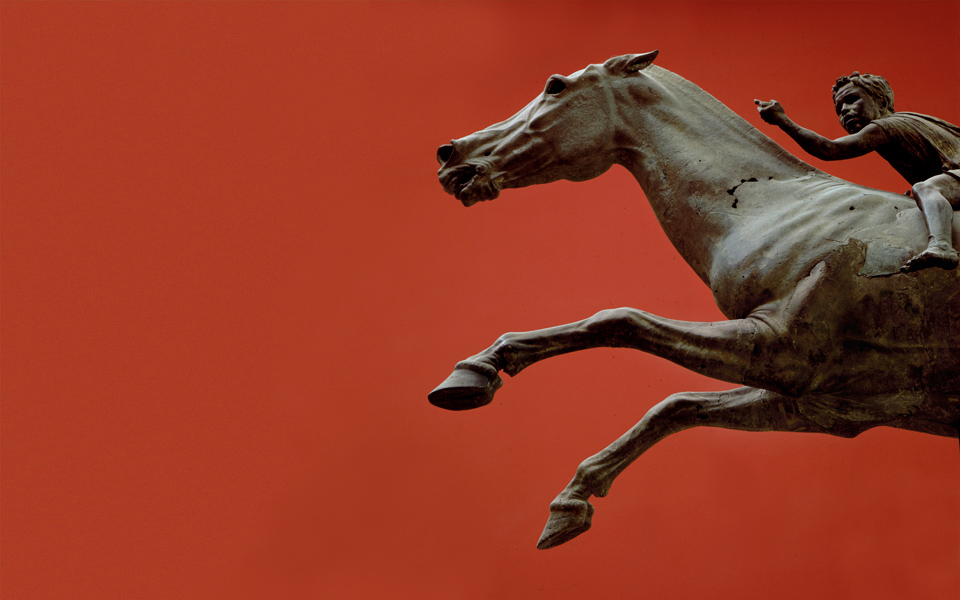
The young rider, possibly African, would have held the reins of the galloping horse in his left hand and a whip in his right
(Hellenistic, circa 140 BC)
© Corbis/Smart Magna
The National Archaeological Museum (NAM) is a “must-see” destination for any visitor arriving in Athens. One of the world’s truly great museums, NAM has been around for more than 120 years and has stable, permanent exhibits that do not change much. Nevertheless, something new and fresh always seems to be happening these days behind NAM’s venerable walls or within the digital space of its impressively updated website. Located several city blocks from Omonia Square metro station, NAM can easily be reached by a short walk from there, or from the Victoria ISAP electric railway station just beyond the museum.
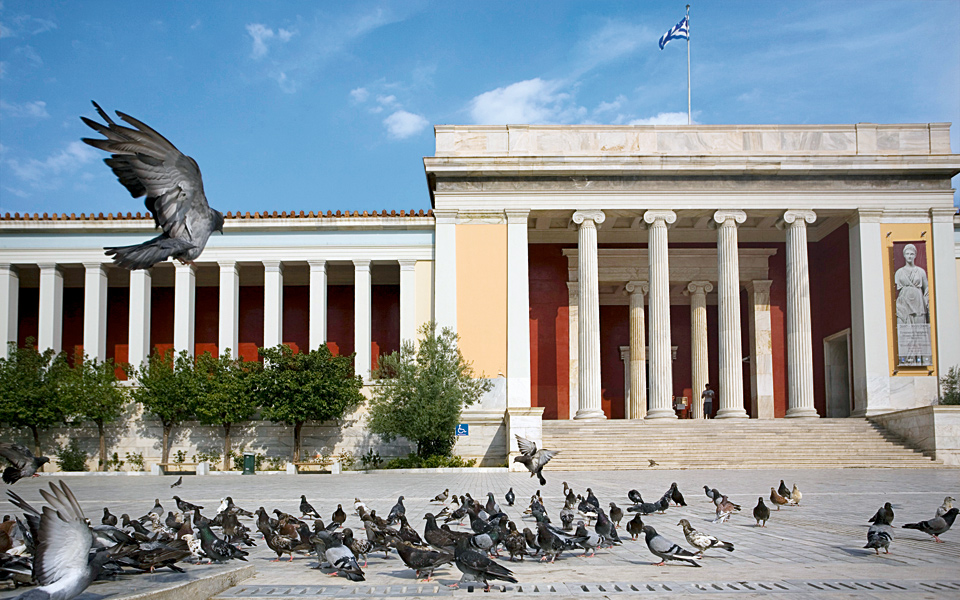
The neoclassical facade of the National Archaeological Museum (NAM) central building, founded in 1866, was designed by German architect and devoted philhellene Ernst Ziller
NAM’s elegant neoclassical premises have their own interesting, sometimes dramatic history. Before NAM’s foundation stone was laid in 1866, Athens’ antiquities were being stored and viewed in a number of convenient empty buildings around the city, including an old Ottoman-era house on the Acropolis – really the first Acropolis Museum – the Hephaisteion (temple of Hephaistos and Athena) in the Athenian Agora; and the Tower of the Winds in the Roman Agora. Earlier, Greece’s very first archaeological museum had been established in 1829 and housed in an orphanage on Aegina island. By the late 1880s, however, the NAM had been erected and all the scattered artifacts were brought together under one roof, with the building originally being called the Central Archaeological Museum.
Over subsequent decades, more wings were added and the museum flourished – until World War II caused NAM’s curators to take extraordinary measures to protect Greece’s irreplaceable heritage. Many of NAM’s most familiar exhibits, such as the great bronze Zeus/Poseidon figure throwing a thunderbolt/trident, were wrapped, boxed and buried in pits dug beneath the museum’s floors. Other objects were hidden elsewhere, even in caves and other secret places unknown to invading enemy forces.
The Greek Civil War in the later 1940s also affected NAM, leaving it bombed and roofless. After 1950, the permanent exhibitions familiar to us today were established and the museum regained its former trajectory of success, accentuated and enhanced particularly during the recent progressive changes to its displays launched in the 1990s and completed in 2005.
Now, NAM offers six permanent exhibitions that include Prehistoric Antiquities, Sculpture (Greek, Roman), Metalwork, Vases and Minor Arts, Cypriot Antiquities and the often-overlooked but fascinating Egyptian Antiquities gallery (donated to NAM in 1890, first displayed a century later in 1994). Overall, NAM presents a unique panorama of Greek civilization from earliest prehistory to late antiquity.
“ Greece’s very first archaeological museum had been established in 1829 and housed in an orphanage on Aegina island. By the late 1880s, however, the NAM had been erected and all the scattered artifacts were brought together under one roof. ”
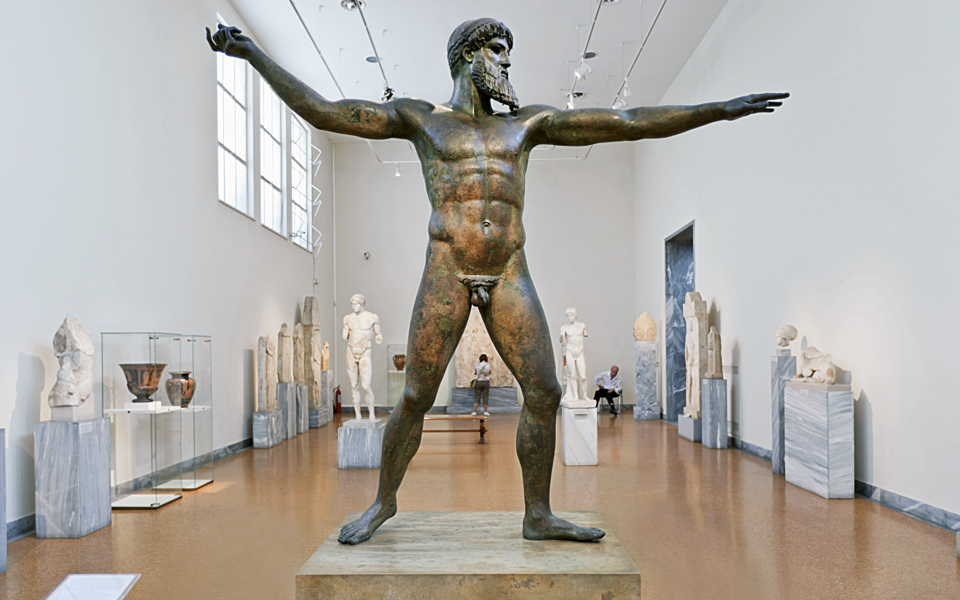
A Classical bronze statue of Zeus/Poseidon (ca. 460 BC) recovered in 1926-1928 from a shipwreck off the Evian coast.
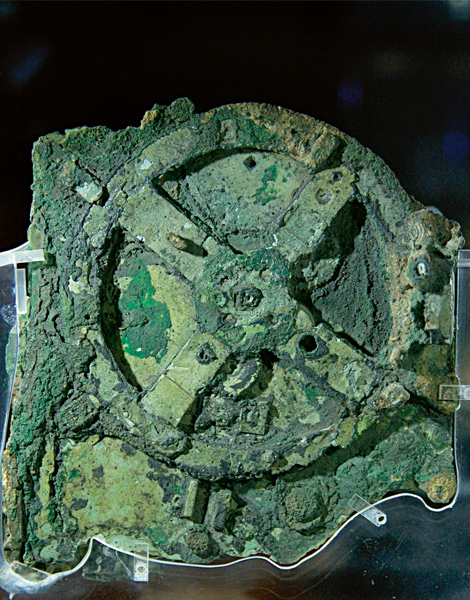
The Antikythera Mechanism, an astronomical/calendrical device.
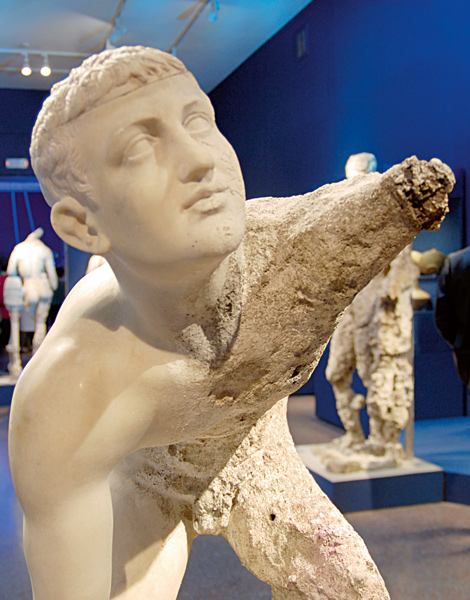
Marble, Hellenistic-era statue of a youth, recovered a century ago by sponge divers and archaeologists; now displayed in NAM’s Antikythera Wreck exhibition.
© Kanaris Tsinganos
Of particular note is the so-called “temporary” exhibition of finds from the mid-first-century BC Antikythera Shipwreck, inaugurated in 2012, which has proven so popular among NAM’s visitors that it has been granted something of a permanent status. Let’s hope it continues that way, as this is one the most intriguing, well presented, visually stunning displays of artifacts from an ancient shipwreck that you will find anywhere in the world. Of particular note is the over-life-size bronze statue of the Antikythera Youth (ca. 340-330 BC), specially cleaned and gleaming for this exhibition; the encrusted and eroded stone statues once only partly protected beneath the sandy seabed; and the Antikythera Device – a sophisticated astronomical and planetary tracker, combined with several other calendrical functions, which essentially represents the world’s first computer.
As one enters the museum, straight ahead lie the prehistoric galleries, where you can see Heinrich Schliemann’s golden discoveries from Mycenae. It is advisable to begin there, then continue your diachronic tour through the sculpture gallery beginning at the lobby’s left.
In following the circular path, one finds the Egyptian Antiquities and Antikythera Wreck exhibitions at the back of the building, while the remarkable vase collection, Cypriot antiquities and discoveries from the eruption-buried town of Akrotiri on Santorini island are all upstairs. The Blue Monkeys are waiting for you!
“ The temporary exhibition of finds from the mid-first-century BC Antikythera Shipwreck has proven so popular among NAM’s visitors that it has been granted something of a permanent status. ”
NATIONAL ARCHAEOLOGICAL MUSEUM
44 Patission • Tel. (+30) 213.214.4800
• Opening hours: Monday – Sunday 8.00 – 20.00
• Admission: Full €10, reduced €5 | Special ticket package – Full: €15, reduced €8
(Valid for National Archaeological Museum, Byzantine & Christian Museum, Numismatic Museum and Epigraphic Museum)
www.namuseum.gr/index-en.html
Antiques expert and collector Dimitris Xanthoulis...
Landmark shops, a lively cultural scene...
From olive presses and traditional costumes...
Ten must-do experiences in Athens, from...